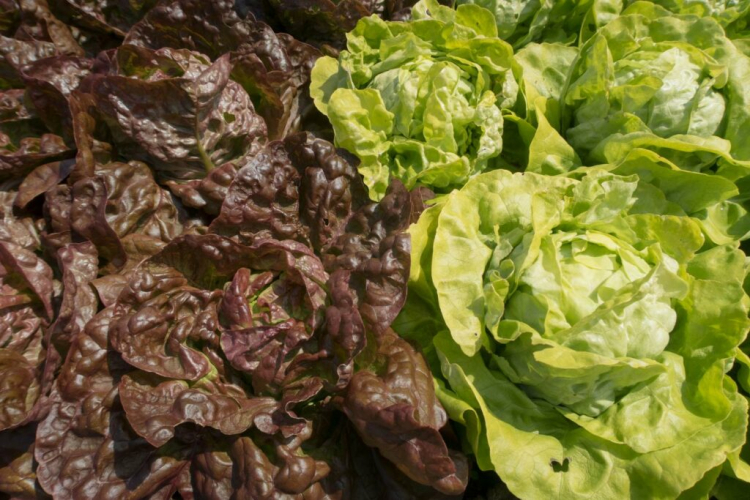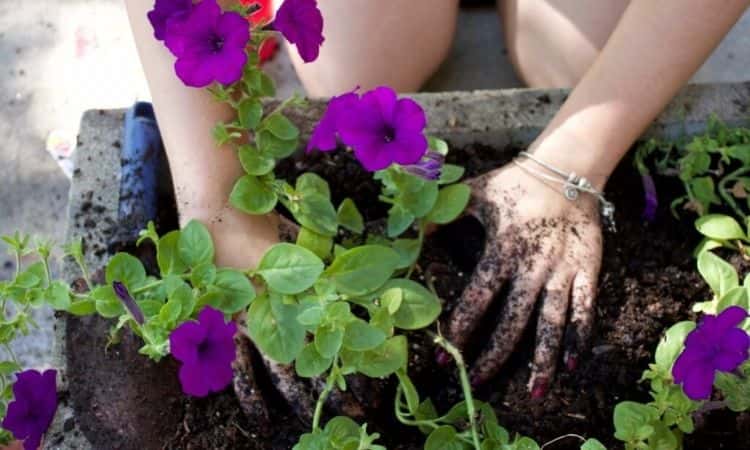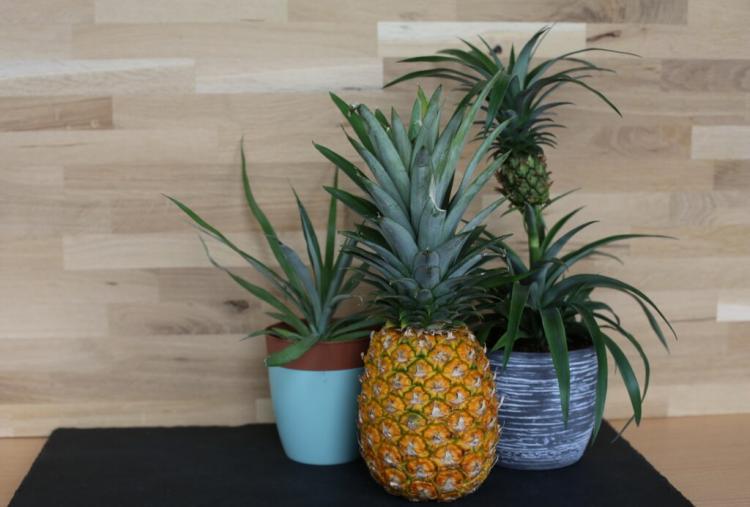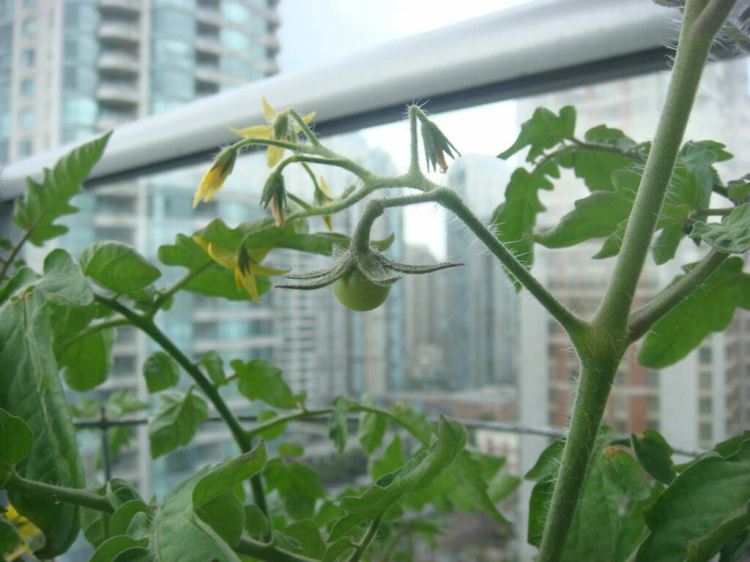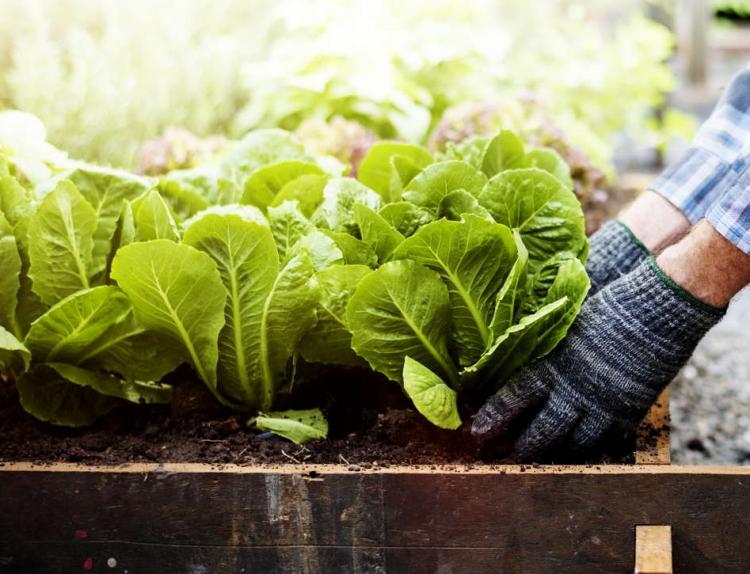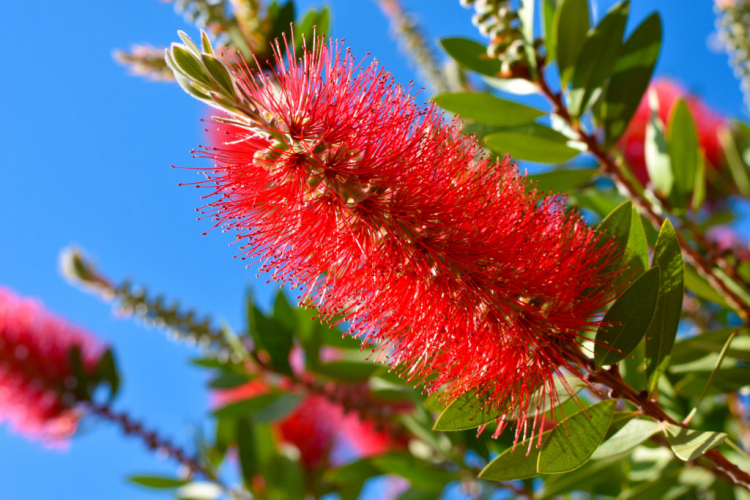Planting And Growing Lettuce: Our Expert Tips
Growing lettuce is not difficult: Our expert tips from sowing to harvest and the shelf life of lettuce and tips on proper care. Lettuce ( Lactuca sativa var. Capitata ) is one of the most famous salads. Fortunately, the delicious lettuce can be grown in almost any climate and is also easy to care for. So that you can always harvest fresh lettuce, we will tell you everything you need to know about lettuce in this article: From its origin and different varieties, cultivation, care, and harvest to the use of lettuce.
Origin and properties of lettuce
Table of Contents
The lettuce is one of the garden salads ( Lactuca sativa ). It belongs to the genus of the lettuce ( Lactuca ) and the sunflower family ( Asteraceae ). Unlike its siblings – iceberg lettuce ( Lactuca sativa var. Crispum) and Batavia lettuce (Lactuca sativa var. Capitata ) – it does not belong to the Crisphead group, but the Butterhead group. So, above all, its leaves are tender and not as crunchy as in other salads. This is why lettuce is sometimes called butter lettuce. In Austria, he is called “chief salad”. In Germany, lettuce ranks second behind iceberg lettuce with 20 percent of the cultivated area.
The lettuce probably originally came from the Middle East. It is said to come from the wild lettuce ( Lactuca serriola ), a steppe plant native to southern Europe and the Middle East. Lettuce is an herbaceous plant that forms a long taproot and rosette of leaves. The stem axis is strongly compressed in lettuce so that the leaves overlap around the stem and form a solid head. The leaves of the lettuce are very broad with a soft surface that is slightly oily to the touch. When it blooms, the lettuce shoots and forms an elongated stem on which numerous small, yellow flowers develop.
Popular types of lettuce
The classic lettuce as we know it has light green, smooth leaves. But considering the variety of lettuce, it is definitely worth thinking outside the box. This is namely very diverse and extensive. There are also lettuce varieties with red or multi-colored leaves.
Recommended types of lettuce for cultivation:
- ˈBriweiriˈ : has compact, well-closed, rather smaller heads with strong green leaves
- ˈGold troutˈ: This lettuce variety brings a special play of colors into your garden: The leaves are golden-green with old pink speckles and become lighter towards the middle
- ˈIndianerperleˈ: Brings out beautiful medium-sized heads that are light yellow on the inside and strongly reddish on the outside
- ˈLunaˈ: Is suitable for spring and summer cultivation and produces large, green heads
- ˈMay Kingˈ: This lettuce variety has a particularly spicy taste and medium-sized, firm heads with green leaves
- ˈMerveille des quatre saisonsˈ: This variation gives you red-brown colored lettuces with the good head formation and good lap resistance
- ˈNeckarriesenˈ: Well suited for spring, early summer, and autumn cultivation; forms particularly large, firm heads in a rich green color
- ˈPiratˈ: Very fast-growing, compact lettuce variety with red-brown leaves; forms a fine, slightly blistered leaf
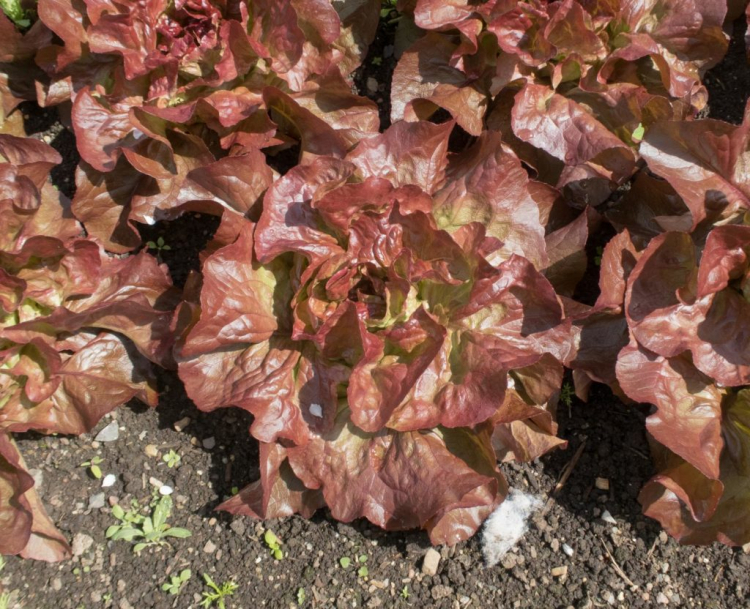
Buying lettuce plants: what to keep in mind
Lettuce can easily be preferred yourself or sown directly in the bed. Of course, this both takes longer and is associated with a higher risk than buying lettuce plants that have already been grown. You can buy young plants in many garden centers, garden centers, and hardware stores. Specialized online retailers also offer pre-grown young plants for shipping.
You might so like: How To Grow And Harvest Iceberg Lettuce
You should ask yourself the following questions when buying lettuce plants:
- Which variety is suitable for my garden?
- Do the plants look vital and healthy?
- Are the plants undamaged, are no leaves or stems kinked?
- Can I see signs of eating?
- Do I see any signs of illness?
- Does the root ball smell musty or putrid?
If you are asking yourself these questions when making a purchase, there is a good chance you are getting lettuce plants that are sturdy and will grow well in your garden.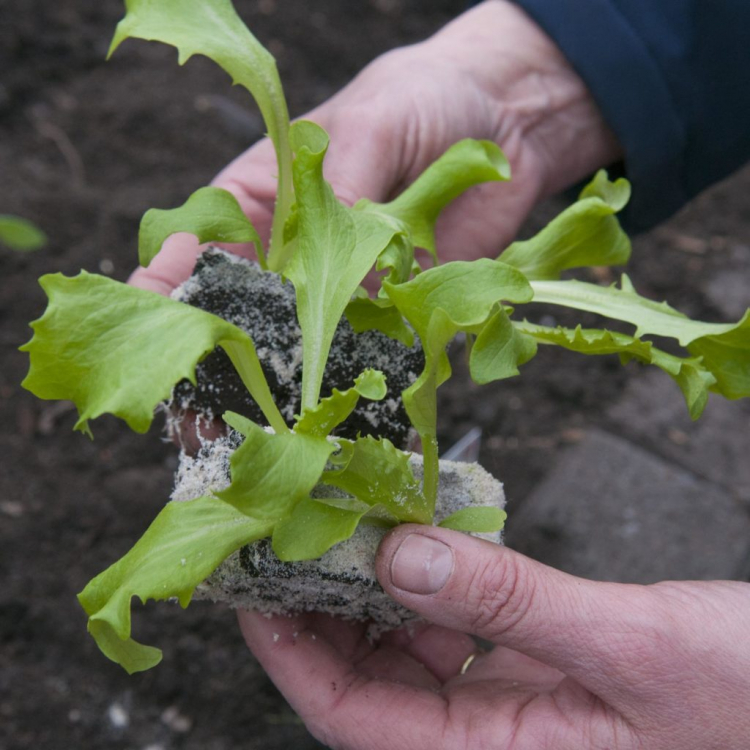
Plant lettuce
Various factors play a role in the cultivation of lettuce: Both the right location and the right time to sow or plant and of course the correct procedure is important for the cultivation of the buttery lettuce. You can read detailed instructions on planting lettuce in our special article on the subject.
The ideal location for lettuce
Lettuce loves it sunny. If he lacks light, his growth is restricted. Always plant it in full sun. The bottom of the salad should be loose and deep. As a medium eater, the lettuce is also happy about the high humus and nutrient content in the soil. The correct pH value is also important because the lettuce does not feel comfortable in soils that are too acidic. The pH value should therefore not be below 5.5.
The perfect location for lettuce at a glance:
- Full sun
- Deep, loose soil
- Rich in humus and nutrients
- No pH below 5.5
Tip: Particularly good bed neighbors for a mixed culture with lettuce are strawberries ( Fragaria ), peas ( Pisum sativum ), beans ( Phaseolus vulgaris ), beetroot ( Beta vulgaris subsp. Vulgaris var. conditiva ), onions ( Allium cepa ), and spinach ( Spinacia oleracea ).
When do you grow lettuce?
You can start growing lettuce early in the year: from the end of February, it is time to give lettuce in a warm place. From the beginning of April, the tender lettuce can then also be sown directly in the garden bed. You can grow particularly late varieties until October. Earlier or purchased lettuce plants should best be planted out from the beginning of March.
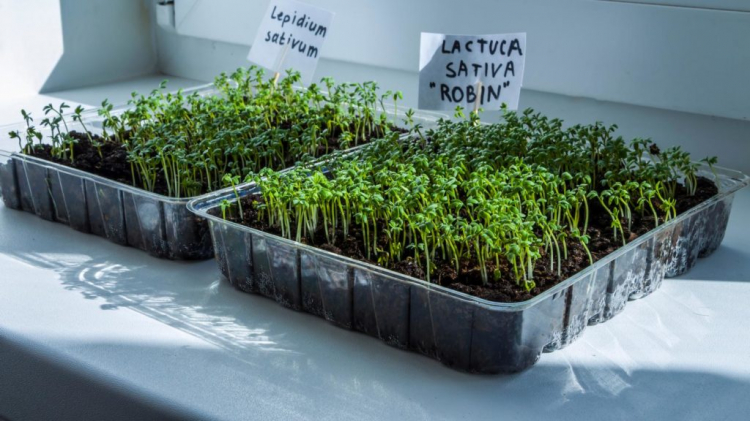
The right time to grow lettuce at a glance:
- Pre-cultivation from the end of February
- Direct sowing from the beginning of April to the end of October
- Planting: early March / April
Prefer lettuce
You can prefer lettuce very well. To do this, sow the seeds in seed trays. The light germs are then only very lightly covered with earth and poured on. The lettuce germinates at temperatures between 15 and 18 ° C. If the temperatures rise above 20 ° C, the seeds can no longer germinate. As soon as the seeds have sprouted, you should separate them into individual pots. As soon as the young plants have four to five leaves and it is warm enough outside, the lettuce plants can move into the bed.
Sow and plant the lettuce
Lettuce can be sown directly in the bed. Or you can plant purchased plants in your garden. We have summarized how to proceed exactly as a cut-by-step guide for you.
You might so like: Grow Lemon Balm: On The Balcony And In The Garden
Instructions: Sow and plant the lettuce
- Loosen the soil well
- Incorporate compost or a fertilizer with an organic long-term effect
- Create seed grooves
- Row spacing: 25 – 30 cm
- Cover the seeds only slightly with soil
- Pouring on
- Ideal germination temperature: 15 – 18 ° C
- Separate after rising
- Plant spacing: 25 – 30 cm
- Do not plant lettuce plants too deeply in the soil
Caring for lettuce: water and fertilize properly
The first rule when caring for lettuce is: the soil must always be sufficiently moist. If the lettuce does not get enough water, the leaves become limp and droop. To avoid this, you should water regularly, especially in summer and on hot days.
If compost or a fertilizer with an organic long-term effect was worked into the soil during planting or sowing, your lettuce is optimally supplied with nutrients. Organic universal fertilizer releases its valuable ingredients slowly and gently to the lettuce, providing it with everything it needs to grow over the long term. Further fertilization is therefore not necessary.
You might so like: Laurel: The Warmth-Loving Spice Bush In Portrait
The maintenance of the buttery salad also includes regular chopping in the rows. You can also add some soil around the heads of lettuce. This removes weeds and keeps the soil nice and loose. The fact that snails love lettuce is unfortunately not just a rumor, but a reality, as every hobby gardener can confirm. So that your lettuce can be eaten by you and not by annoying snails, you should protect it or fight the snails.
At a glance: caring for lettuce
- Pour enough
- After basic fertilization before sowing/planting, no further fertilization is necessary
- Chop regularly and pile soil around the heads of lettuce
- Protect lettuce from snails or fight snails
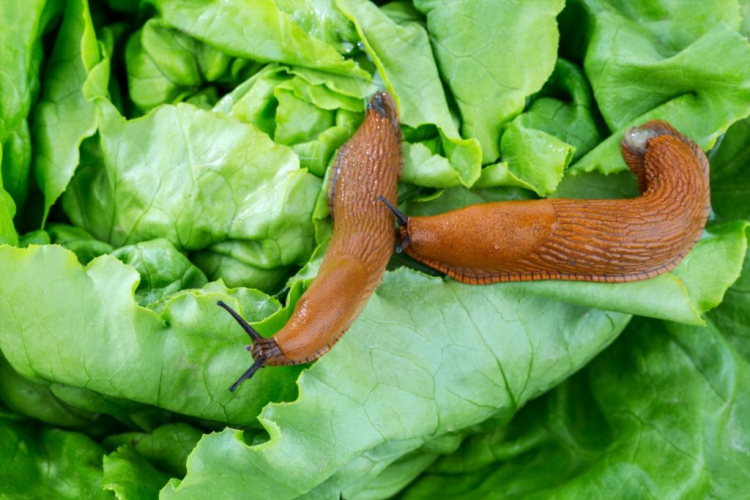
Increase the lettuce
Propagating lettuce yourself is not an easy endeavor. We, therefore, recommend that you use purchased seeds to save yourself the hassle of seed propagation. But if you still want to try it yourself, we have prepared instructions below.
Step-by-step instructions: multiply the lettuce
- Do not harvest some heads of lettuce, but let them stand so that they can develop seeds
- The salads selected for propagation must bloom
- Regularly remove the brown, withered, and rotten leaves from below
- Seeds are ripe 12-24 days after flowering
- Tap seeds into a container
- Dry the seeds well in a cloth sack in an airy place
- Clean the seeds
- Label
- Store cleaned seeds in a cool, dry place
If you want to learn more about lettuce grow, you can read more about it here.
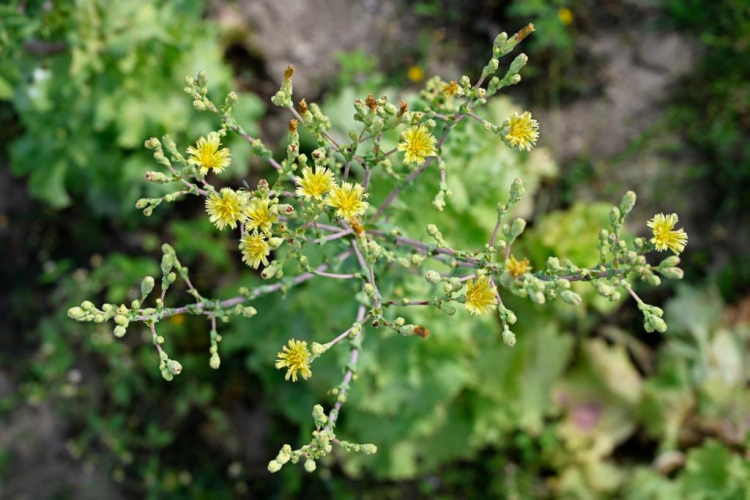
Harvest and store lettuce
If you can’t wait for your lettuce to be harvested, you can start cutting the first, still small, head just five weeks after sowing. Eight to ten weeks after sowing, the heads are fully mature. Whole heads are harvested from the buttery salad. The best way to do this is to use a sharp knife and cut the stalk of the salad just above the ground. The best way to enjoy your self-harvested lettuce is fresh and as soon as possible, because the tender lettuce leaves cannot be stored for very long. They stay fresh in the refrigerator for a maximum of two to three days.
At a glance: harvest and store lettuce
- Harvest: 8-10 weeks after sowing
- Cut off the whole head just above the ground
- Best to use fresh
- Can be stored in the refrigerator for a few days
We have summarized for you in our article how to harvest and store lettuce correctly.
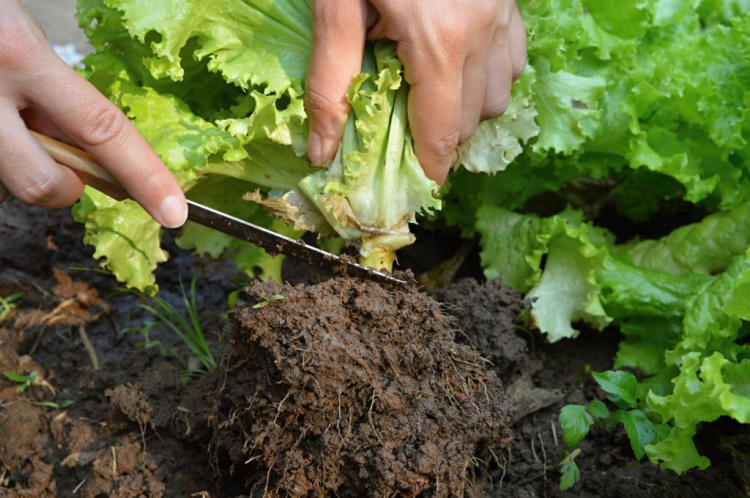
Lettuce: Ingredients and Uses
Lettuce is not only delicious, but it is also rightly considered healthy. First of all, the tender salad consists of 95.5 percent water. Therefore, lettuce has only 13.8 calories per 100 grams and contains minerals and vitamins.
100 grams of fresh lettuce contain on average:
- 1.25 g protein
- 2.4 g carbohydrates
- 0.21 g of fats
- 0.5 g fiber
- 7 mg sodium
- 11 mg magnesium
- 26 mg of phosphorus
- 260 mg potassium
- 35 mg calcium
- 8 mg of vitamin C.
The lettuce tastes best fresh with dressing. Prepared as a leaf salad with a light yogurt dressing or a classic vinaigrette, it is appreciated by many. Regardless of how it is prepared, lettuce can be eaten both as a fresh starter and as an accompaniment to main dishes. It is popular, for example, on the plate next to fish dishes or schnitzel.
But it can also be placed as a crunchy layer on bread or sandwiches. If you like it a little more exotic, you can also use lettuce in Asian cuisine. It tastes particularly good in dishes such as fresh Vietnamese summer rolls or rice noodle bowls.
